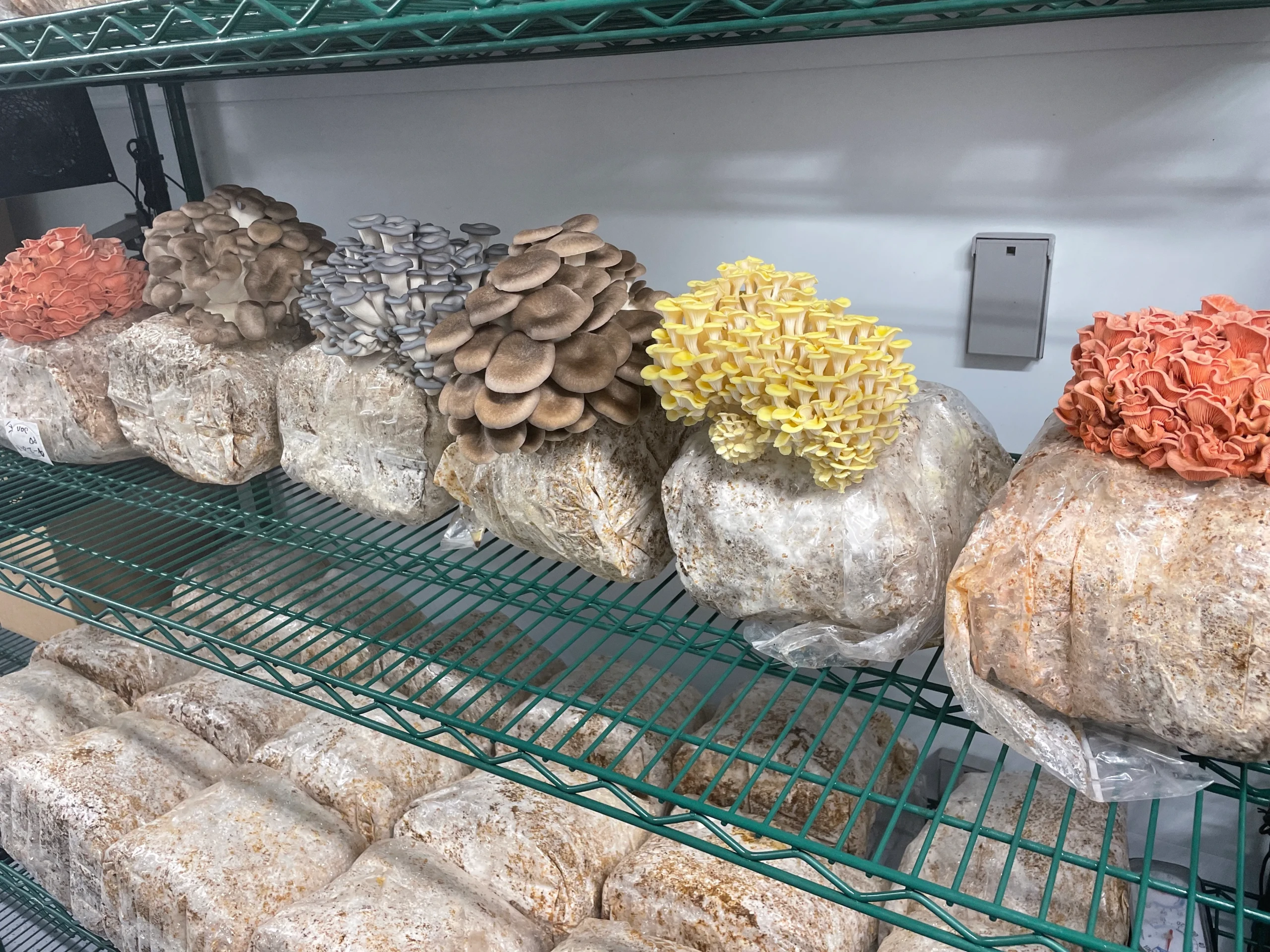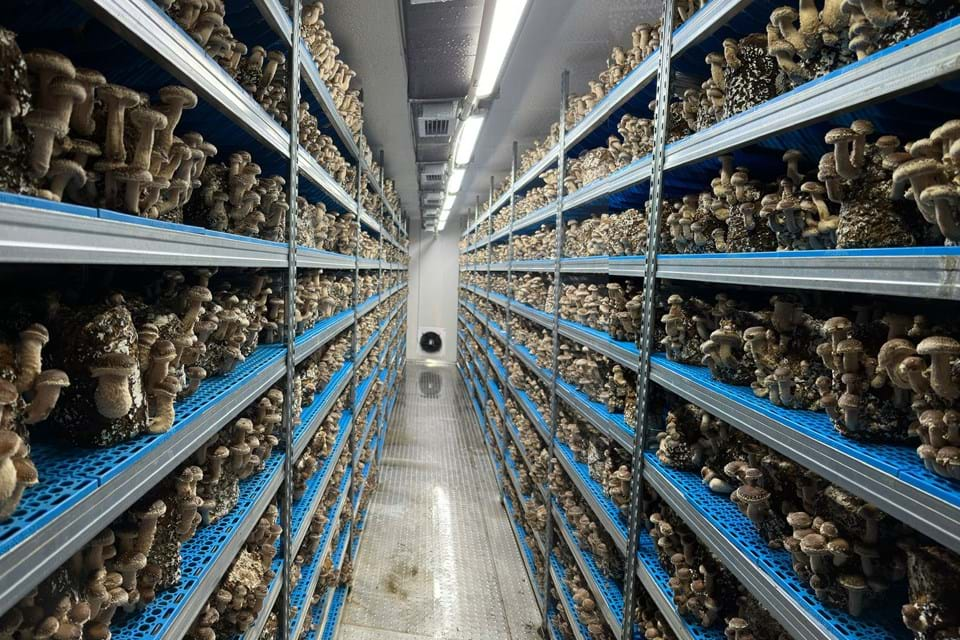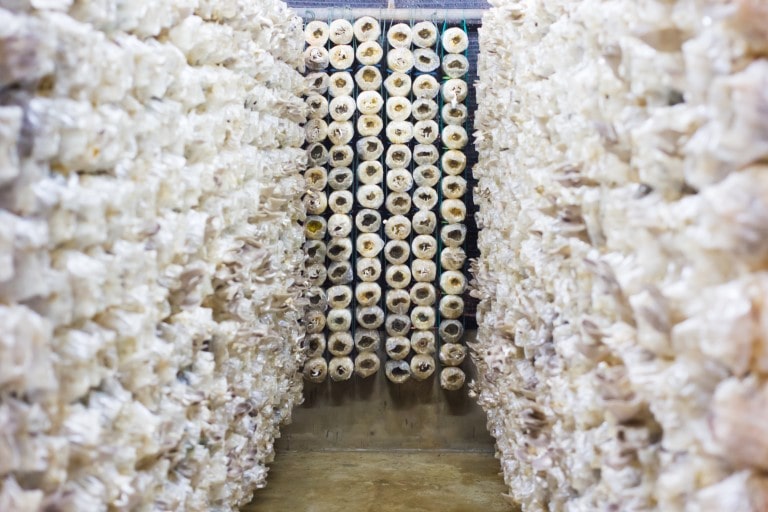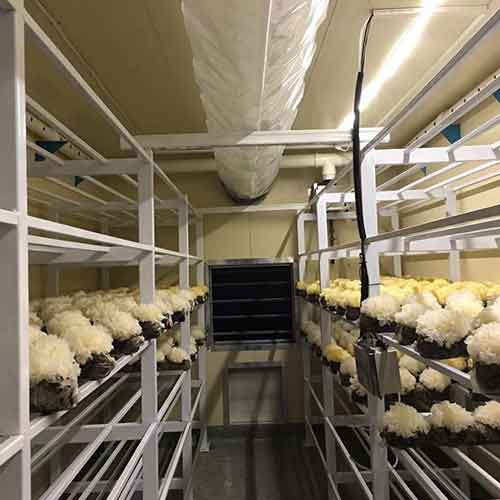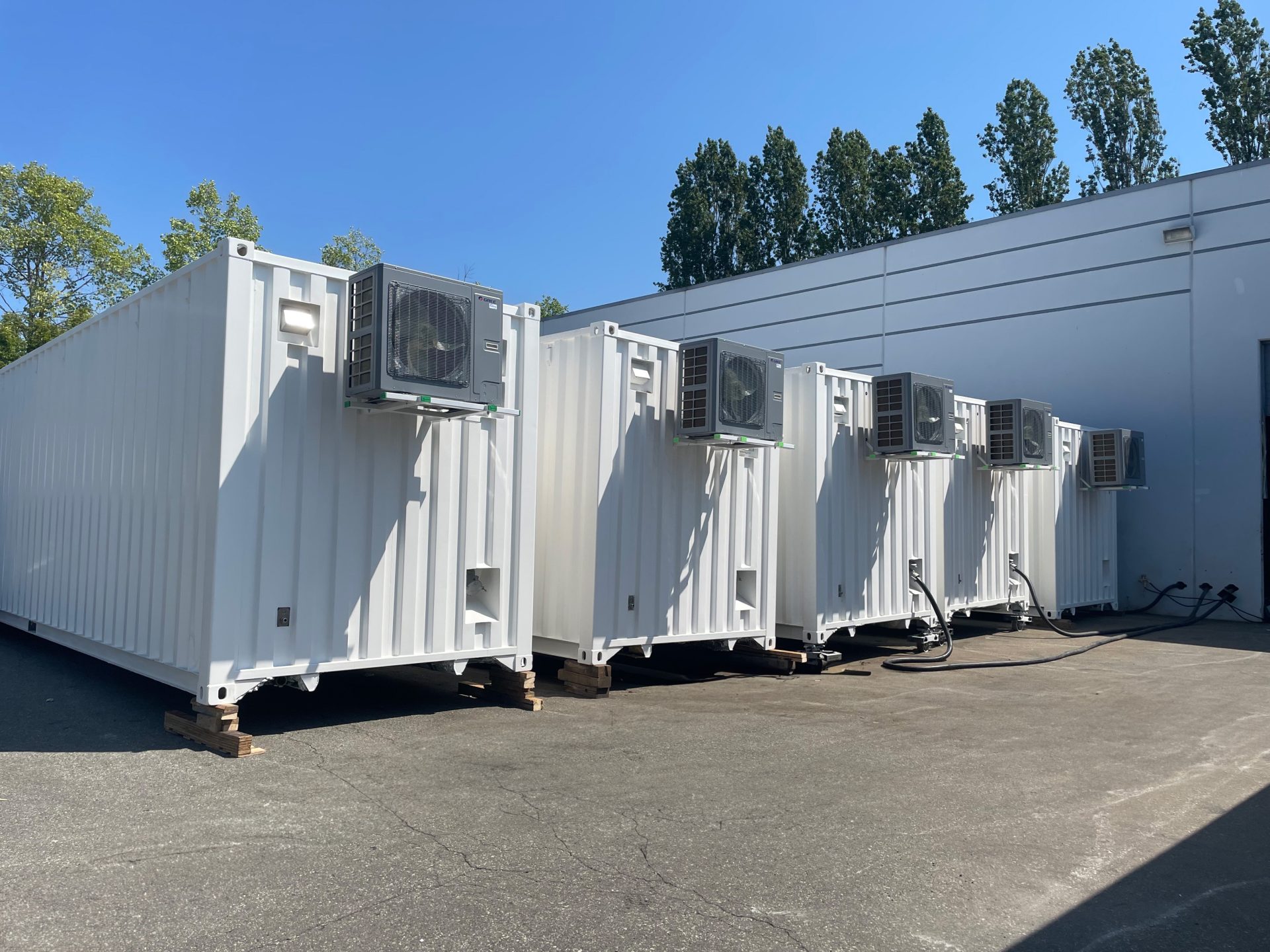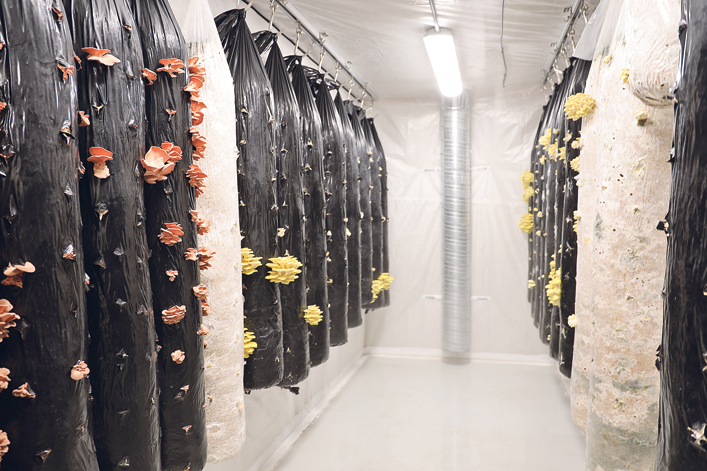
Shipping Containers: The Underground Revolution of Mushroom Farming
Shipping Containers: The Underground Revolution of Mushroom Farming
In the world of agriculture, innovation is sprouting in the most unexpected places – quite literally inside shipping containers. They even come in a variety of sizes! Mushroom farming has found an unlikely ally in these steel boxes, transforming how we think about food production, sustainability, and urban agriculture.
Why Shipping Containers?
Mushrooms require very specific growing conditions: controlled temperature, humidity, and darkness. Shipping containers provide the perfect enclosed environment for creating an ideal mushroom cultivation system. These modular units can be precisely engineered to become high-tech growing chambers that produce incredible yields year-round.
The Perfect Growing Environment
- Controlled Climate : Containers can be outfitted with advanced HVAC systems that maintain exact temperature and humidity levels
- Darkness Management : Easy to block out all external light
- Modular Design : Can be stacked or expanded based on production needs
- Pest Control : Sealed environment reduces risk of contamination
Types of Mushrooms Thriving in Container Farms
- Oyster Mushrooms
- Fast-growing
- Tolerant of various conditions
- High nutrition value
- Can produce multiple harvests per month
- Shiitake Mushrooms
- Gourmet variety with high market value
- Requires slightly more specialized growing conditions
- Excellent for targeted, high-quality production
- Lion’s Mane
- Medicinal mushroom with increasing demand
- Requires precise environmental controls
- Perfect for container cultivation
The Economic and Environmental Benefits
Sustainable Production
- Uses 95% less water than traditional farming
- Minimal land requirement
- Ability to produce food in urban environments
- Reduces transportation costs and carbon footprint
Economic Advantages
- Low initial setup cost compared to traditional greenhouse farming
- Predictable, consistent yields
- Can be located near urban markets
- Potential for direct-to-consumer sales
Technical Setup: How It Works
A typical container mushroom farm might include:
- Shelving systems with specialized growing bags or trays
- LED grow lights with specific spectral outputs
- Humidity and CO2 monitoring systems
- Automated misting and climate control
- Substrate preparation area
- Sterilization equipment
Challenges and Considerations
While promising, container mushroom farming isn’t without challenges:
- Initial investment in climate control systems
- Need for specialized knowledge
- Careful management of sterile conditions
- Energy costs for maintaining precise environments
Real-World Success Stories
Entrepreneurs and agricultural innovators are already proving the concept:
- Urban farms in major cities are using containers to produce gourmet mushrooms
- Some vertical farming companies have developed entire container farms producing multiple crops
- Small-scale producers are creating local, sustainable mushroom businesses
- You can even check out more in our other blog here!
The Future of Container Mushroom Farming
As technology advances and demand for sustainable, locally-produced food increases, shipping container mushroom farms represent more than just a trend – they’re a glimpse into the future of agriculture.
Potential Innovations:
- AI-driven climate monitoring
- More energy-efficient cooling systems
- Integration with vertical farming technologies
- Increased automation of harvesting and processing
Conclusion
Shipping containers are no longer just metal boxes for transportation. They’re becoming revolutionary platforms for sustainable food production, with mushroom farming leading the charge. As we face global challenges of food security and sustainable agriculture, these humble containers might just be our underground heroes.
Ready to grow your own mushroom empire? The container is waiting. Get a quote here!


